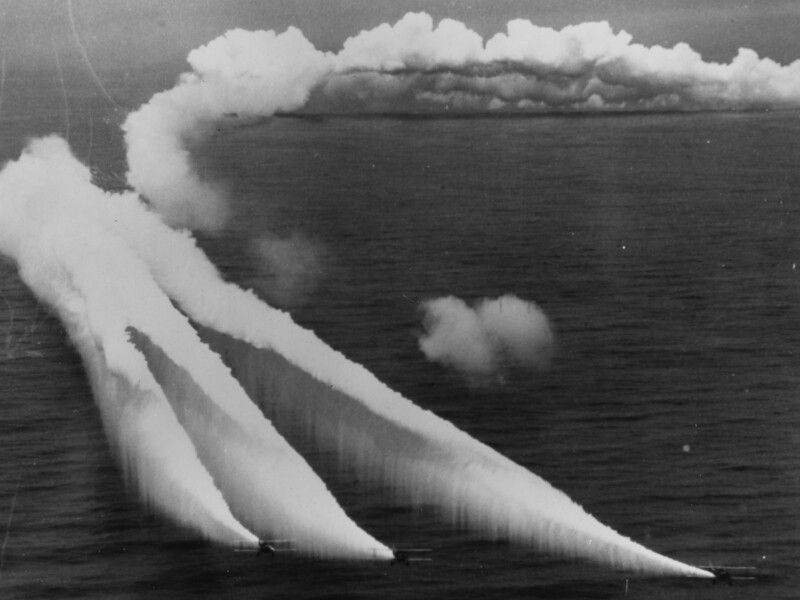-
Library
- Photos
- Documents
-
Geography
- Airfields
- Areas
-
Aviation
- Aircraft
- Engines
-
Weapons
- Guns
- Rockets
- Torpedoes
-
Avionics
- Radio
- Radar
- IFF
- Radar Detectors
- Jammers
- Navigation Devices
-
Unit Database
- Allied Units
- Axis Units
-
Pilot Database
- Pilots
- Victory Claims
- Torpedo Attacks
Photos

This set of three images shows the three types of antennas used on the SCR-540 radar set as installed on an A-20, the P-70 prototype. This was the US copy of the UK's AI Mk. IV radar, the first airborne radar system for fighters, and the second airborne radar to enter service. It is predated only by months by the ASV Mk. I, developed using the same electronics as this set. There is a possibility that this is in fact a "real" AI Mk. IV, and not the -540, as one example is described by Bowen on page 179 of Radar Days as being fit to an A-20 for testing.

A formation of Navy carrier planes forms the numeral "7" as they fly over USS ENTERPRISE (CV-6) prior to her entrance into Pearl Harbor, 30 May 1945. The reception given to the ship by the airmen displayed the enthusiasm of men in the Pacific for backing the nation's seventh war loan drive. Photographed from the ENTERPRISE by PhoM3c James Earl Benton. Planes include TBM, F4U, F6F, SB2C types.

A group of Navy carrier planes forms the numeral "7" as they fly over USS ENTERPRISE (CV-6) prior to her entrance into Pearl Harbor, 30 May 1945. The reception given to the ship by the airmen displayed the enthusiasm of men in the Pacific for backing the nation's seventh war loan drive. Photographed from the ENTERPRISE by PhoM3c James Earl Benton. Planes include TBM, F4U, F6F, SB2C
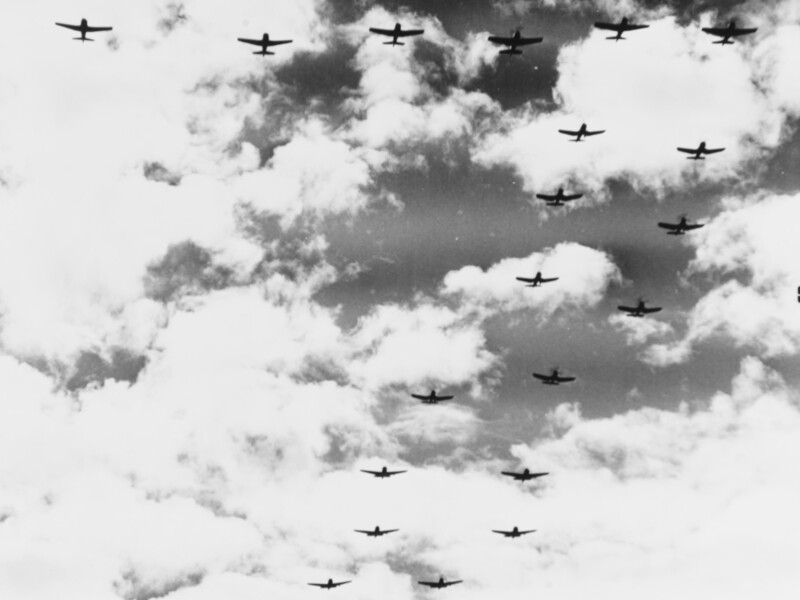
A group of Navy carrier planes forms the numeral "7" as they fly over USS ENTERPRISE (CV-6) prior to her entrance into Pearl Harbor, 30 May 1945. The reception given to the ship by the airmen displayed the enthusiasm of men in the Pacific for backing the natio

A formation of Navy carrier planes forms the numeral "7" as they fly over USS ENTERPRISE (CV-6) prior to her entrance into Pearl Harbor, 30 May 1945. The reception given to the ship by the airmen displayed the enthusiasm of men in the Pacific for backing the n
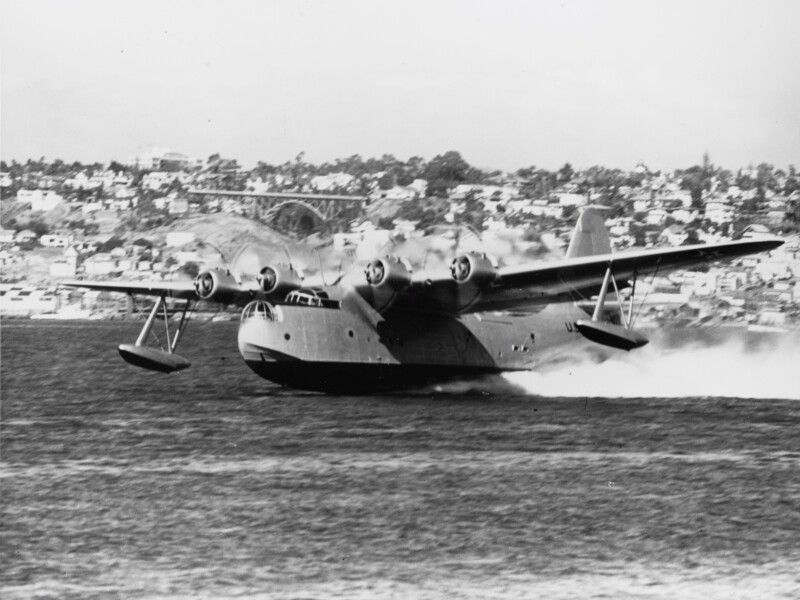
Taking off from San Diego harbor, California, bound for Pearl Harbor, Hawaii, on 5 April 1940.
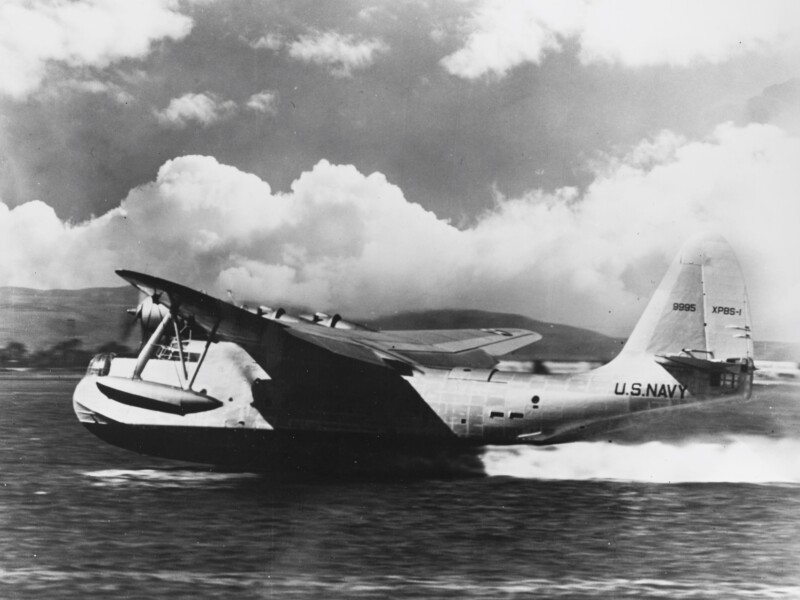
Taking off from San Diego harbor, California, en route to Honolulu, Hawaii, on 5 April 1940.
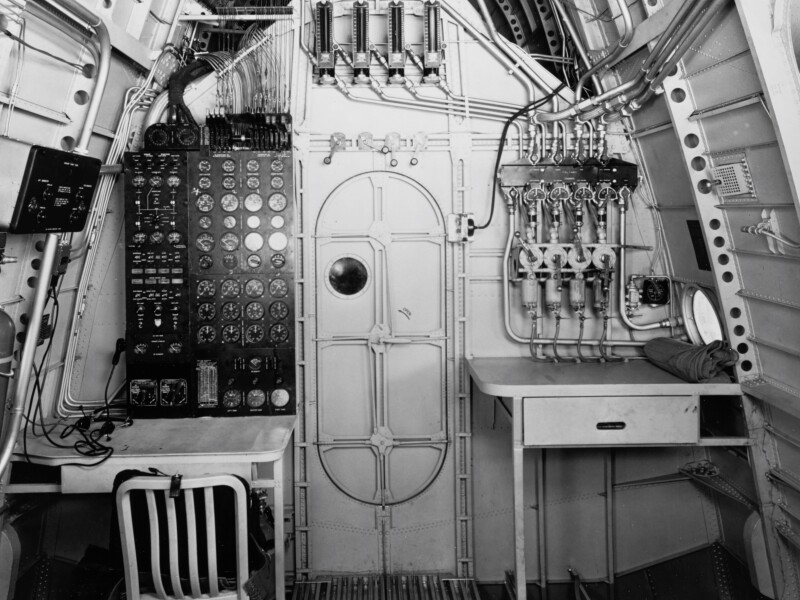
Mechanic's compartment circa 1937. Note fuel line gauges and controls, other instruments, electrical equipment, and intercom headphones.
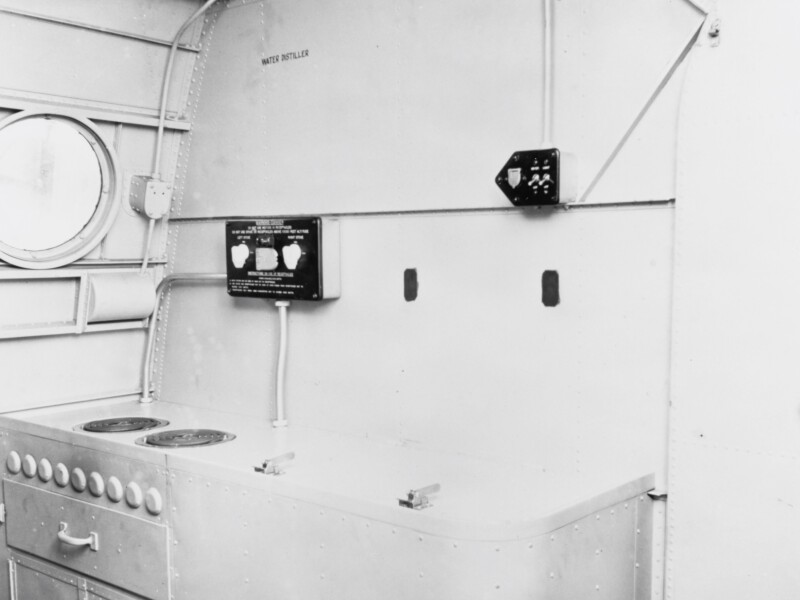
Aircraft's galley facilities circa 1937. Note details of electrical wiring and switches.
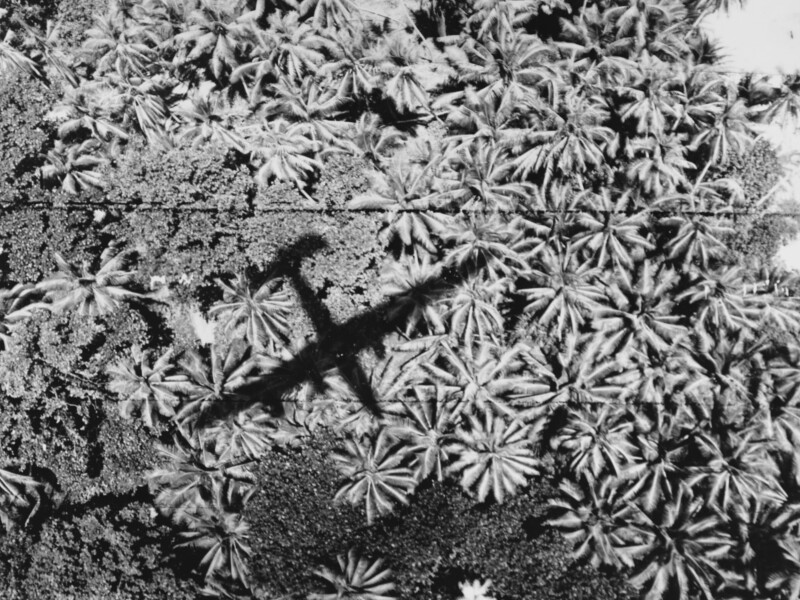
Of U.S. Navy Bombing Squadron 106 (VB-106), on the trees of a southwest Pacific island, in 1943-1944.

USS Biloxi (CL-80) prepares to catapult a Curtiss SO3C Sea mew" from her starboard catapult, during her shakedown, circa October 1943. Note that the port catapult, and plane have been turned to clear the launching area, prior to training the starboard catapult

USS Biloxi (CL-80) catapults a Curtiss SO3C " Seamew" while on shakedown, circa October 1943
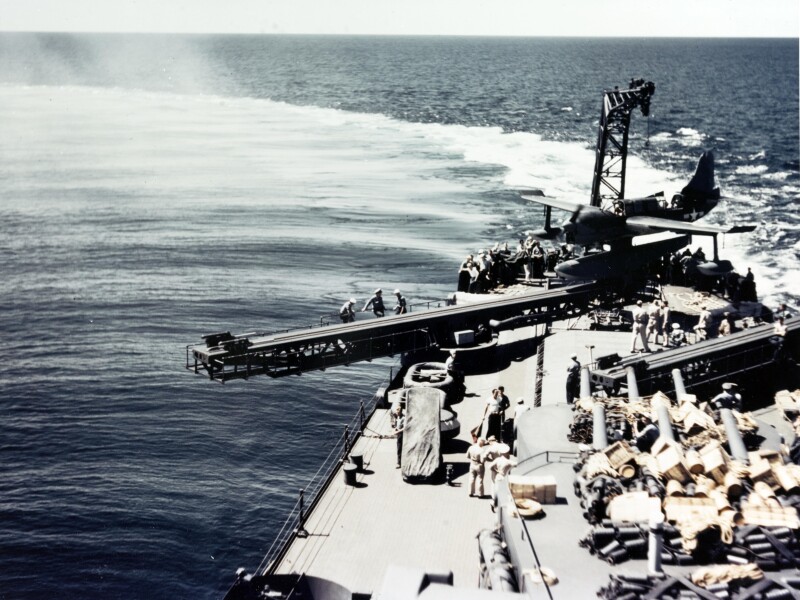
USS Biloxi, CL-80, turns into the wind, as she prepares to catapult a Curtiss SO3C Seamew" while on shakedown, circa October 1943
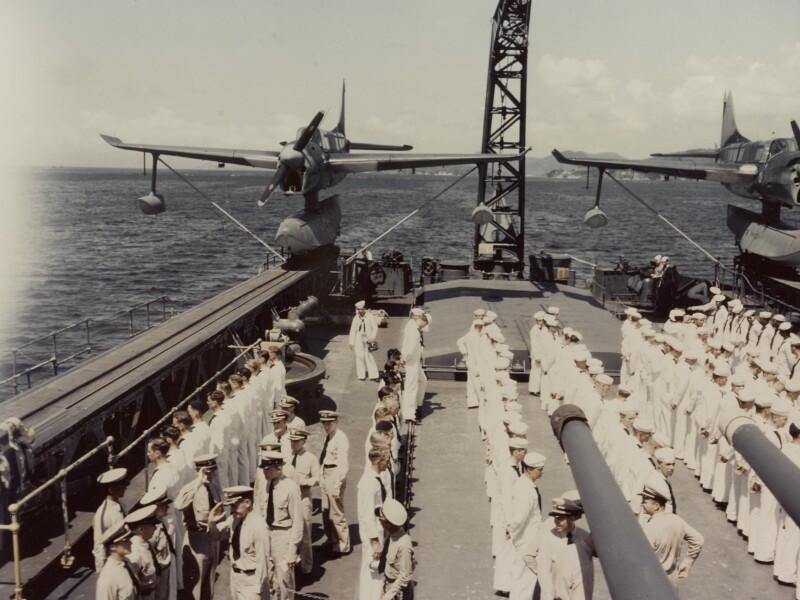
USS Biloxi (CL-80) Personnel inspection on the ship's afterdeck, during her shakedown period, circa October 1943. Note her aircraft catapults, with Curtiss SO3C-1 Seamew floatplanes on top, and her hangar hatch cover. Official U.S. Navy Photograph, now in the collections of the National Archives.


